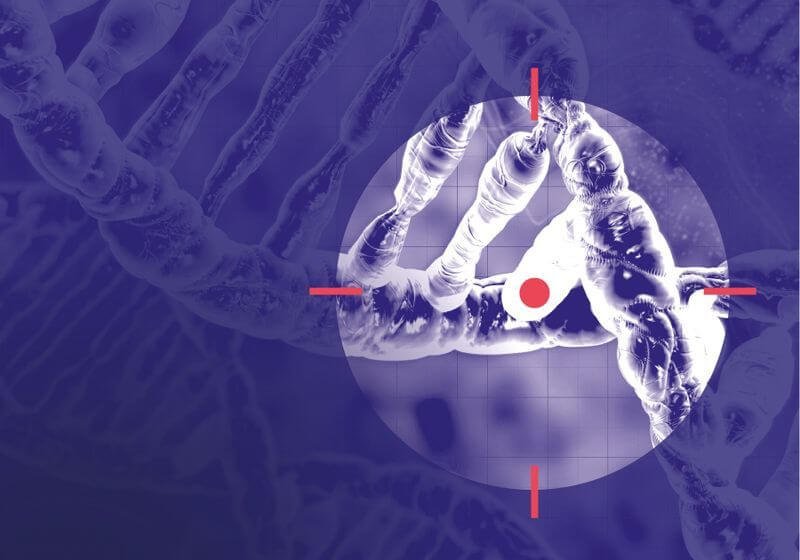For thousands of years, humans have been improving crops to better suit their needs. These enhancements are driven by changes in the genetic makeup of the plant. While this was initially unintentional, there has been a steady push to increase the pace and precision of crop breeding, something that has occurred alongside a growing understanding of genetics and an escalating capacity to thoroughly assess genomes at the molecular level.
With the advent and rapid uptake of molecular breeding techniques, such as transgenics and genome editing over the past few decades, there has been much trepidation regarding the possibility of off-target effects derived from unanticipated mutations at loci other than those intended for alteration, and the unintended risks that this might confer.

These concerns persist regardless of the fact that a growing number of studies indicate that the occurrence of off-target mutations derived from newer biotechnological breeding techniques are negligible compared to what is observed with many conventional breeding approaches, and even spontaneously from one generation to the next.
Given the impending food security crisis that we are facing in the short-term, there is a critical need to implement a wide range of breeding tools as a means of meeting growing demand, withstanding climate change-related pressures, increasing nutrition, and providing environmental benefits. While food safety is clearly of the utmost importance, now is certainly not the time to prevent the use of particular breeding technologies based on unfounded doubts.
Therefore, in this review, we attempt to shed light on these apprehensions by putting purported “risks” into the context of plant breeding as a whole by comparing frequencies of spontaneous mutations with those (both anticipated and unanticipated) that occur through various conventional and biotechnological breeding approaches, including transgenics and genome editing.
We then consider how these changes may, or may not, translate into unanticipated risk, and discuss the current global regulatory asynchrony surrounding genome edited crops.































